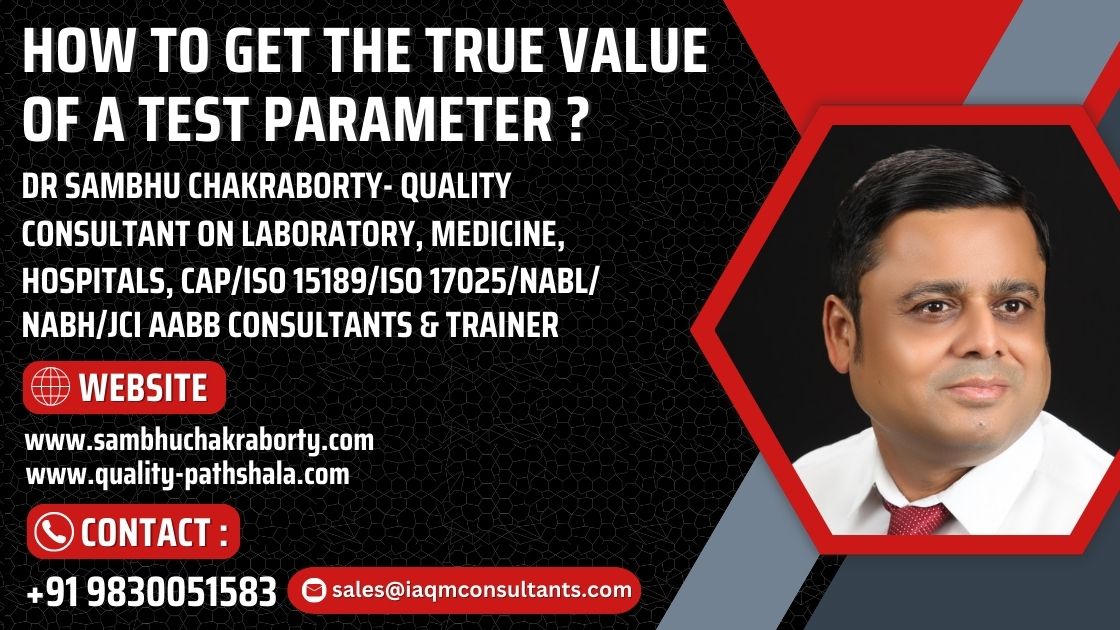Getting the true value of a test parameter is essential for assessing the accuracy and reliability of a test. However, obtaining the true value can be challenging as it often involves comparing the test result with a reference method or a gold standard, which may not always be available. Here are some approaches to obtain the true value of a test parameter:
- Reference Method: In some cases, a reference method or a gold standard may be available for the test parameter. The reference method is a highly accurate and well-established method that is considered the most reliable in measuring the specific parameter. Comparing the results of the test with the reference method can provide an indication of the test’s accuracy.
- External Quality Assurance (EQA) Programs: Participating in External Quality Assurance or Proficiency Testing Programs can help laboratories compare their test results with those of other accredited laboratories using a common set of samples. These programs provide an external reference for the true value, allowing laboratories to assess the accuracy of their test methods.
- Certified Reference Materials: For certain analytes or parameters, certified reference materials may be available from reputable organizations or standard-setting bodies. These materials have a known and traceable concentration, and testing them with the test method can provide an assessment of accuracy.
- Clinical Validation: In clinical settings, clinical validation can be performed by comparing the test results with the overall clinical picture of the patient. This involves considering other clinical data, symptoms, medical history, and the patient’s response to treatment to determine the validity of the test result.
- Inter-laboratory Comparison: Collaborating with other laboratories and comparing results for the same test parameter can provide insights into the accuracy and consistency of the test across different settings.
- Research Studies: In some cases, research studies or clinical trials may provide data on the true values of specific test parameters. These studies may involve a well-characterized population and standardized methods for measurement.
It’s important to note that in many practical scenarios, obtaining the true value may not be possible, especially for complex and dynamic biological processes. In such cases, laboratories strive to validate their test methods against available standards and use quality control procedures to ensure the accuracy and reliability of their results.
When comparing test results to the true value or a reference method, it’s crucial to consider other factors like analytical sensitivity, specificity, and precision to get a comprehensive understanding of the test’s performance characteristics.
About the author
Dr. Sambhu Chakraborty is a distinguished consultant in quality accreditation for laboratories and hospitals. With a leadership portfolio that includes directorial roles in two laboratory organizations and a consulting firm, as well as chairmanship in a prominent laboratory organization, Dr. Chakraborty is a respected voice in the field. For further engagement or inquiries, Dr. Chakraborty can be contacted through email at director@iaqmconsultants.com and info@sambhuchakraborty.com. Additional resourcesand contact information are available on his websites, https://www.quality-pathshala.com and https://www.sambhuchakraborty.com, or via WhatsApp at +919830051583
